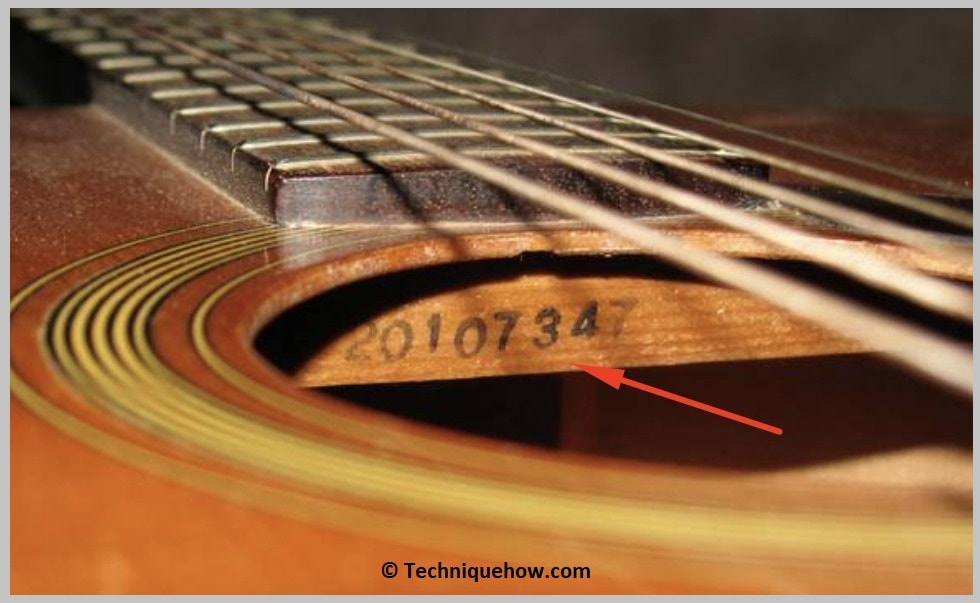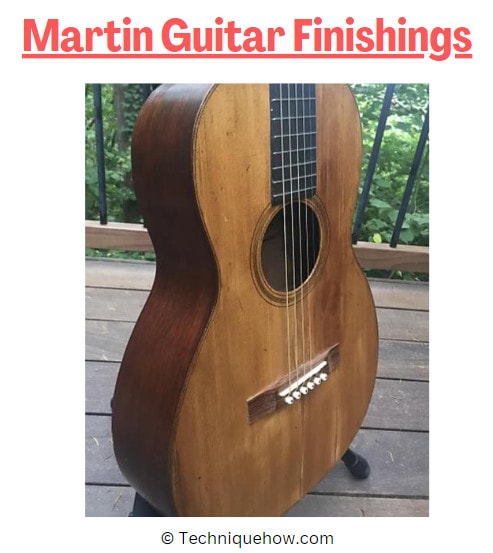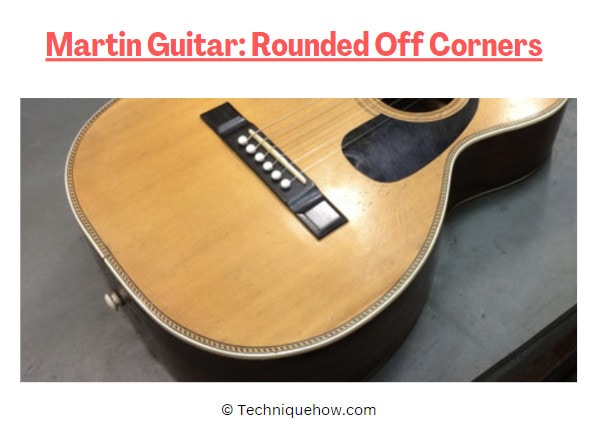✎ Key Takes:
» You can use this for authenticity checks by inspecting key elements like the finishing, soundhole, and headstock logo. Genuine Martin guitars boast high-quality finishing and a clear logo, while discrepancies may indicate a fake.
» If you own a Martin guitar and want to delve into its details, checking the serial number is a reliable method. It unveils essential information about the model, year of production, and other specific characteristics unique to your guitar.

Contents
How To Tell If A Martin Guitar Is Real:
You have to look up the following things below:
1. Finishing Of the Martin Guitar
The finish of a Martin guitar can provide some clues as to its authenticity like:
Some counterfeit Martin guitars have been known to have overspray on the finish, which can give the guitar a glossy, plasticky look. Check the finish closely for any signs of overspray.

A genuine Martin guitar typically has signs of aging in the finish, such as cracks, dents, and scratches. Check the finish for these signs of wear and tear, indicating that the guitar has been played and enjoyed over time.
Martin guitars typically have binding around the edges of the body, which should be cleanly and precisely executed. Check the binding for any signs of roughness.
2. Soundholes Are Perfect
Martin guitars are known for their consistent build quality and attention to detail. Check the soundholes for unevenness or roughness, indicating a lower quality or counterfeit guitar.

The artist or designer signs some limited edition Martin guitars. Check the soundhole for any signatures or markings indicating a special edition guitar.
3. Logo & Brand Marking
Some Martin guitars have the model name stamped on the headstock or neck plate. Look for clean and precise stamping that matches the font and style used by Martin.
Check for a stamped serial number on the neck block inside the soundhole or on the back of the headstock. To ensure the legitimacy of the serial number, cross-reference it with Martin’s records or a trustworthy source.
Martin guitars typically have high-quality tuners with distinctive designs. Look for any signs of cheap or poorly-made tuners that could indicate a counterfeit.
4. Rounded off corners with the bridge
One feature that can help you identify a real Martin guitar is the rounded corners of the bridge. The bridge is part of the guitar where the strings are anchored and are located on the top of the body.

Martin guitars typically have a distinctive bridge shape with rounded corners that is precision-made and fit flush with the top of the guitar body. Counterfeit guitars often have poorly-made bridges with square or sharp corners that need to fit better with the top of the guitar body.
▸ The finish on a real Martin guitar bridge should be clean and even, without any rough spots or excess glue.
5. Wood Quality
The wood quality of a Martin guitar is a key factor in determining its authenticity. Martin guitars are known for their high-quality tonewoods, contributing to their distinctive sound and resonance.
▸ Martin guitars are typically made from solid wood rather than laminated or plywood materials. Check the label or manufacturer’s specifications to ensure the guitar is solid wood.
▸ These guitars use high-quality tonewoods, such as Sitka spruce, mahogany, and rosewood. Look for a clear, even grain pattern on the spruce top and rich, dark color on the rosewood back and sides.
